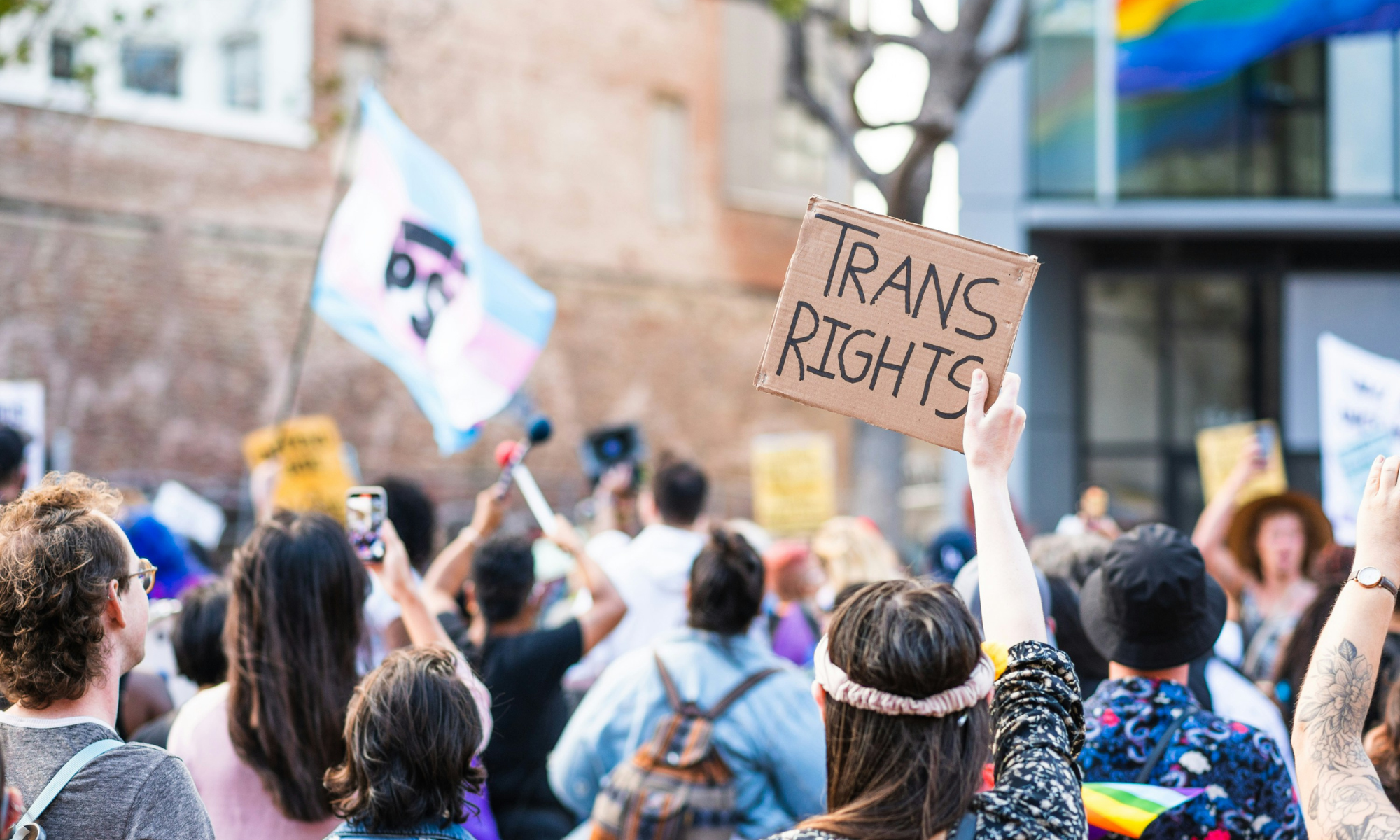Beyond moral panic: how governments are ignoring centuries of trans history
Master of Public Policy student Mohit Kukadia explores how the global rollback of transgender rights – driven by populist moral panic – reflects a deeper failure of public policy to protect marginalised communities and uphold historical truth.

It pains me to write this blog in a time where many of the world’s most progressive nations are backtracking on transgender rights and moving towards increasingly conservative policies. The current ‘moral panic’ created around the presence of trans people – the claim that their existence ‘is against fundamental societal values’ – is often fuelled by religious and cultural anxieties and has led to an alarming reversal of trans rights around the world.
Governments and legislative bodies frequently frame these restrictive laws as necessary measures to safeguard children or uphold deeply ingrained societal norms. The strategy used by the anti-gender movement is a deliberate tactic employed in today’s populist-leaning society to garner public support for policies that are, in practice, profoundly against human rights. By shifting the narrative from the human rights of trans people to a manufactured moral panic, it has become incredibly challenging for advocates to resist these regressive policy shifts effectively.
Coming from India, a country where trans people were historically revered, it's painful to witness the modern world's shift towards social exclusion. Today, an alarming 67% of trans individuals in India are forced into begging or dangerous work to survive. The present reality and legislation strengthened my fear for the future of trans people, as the community tries to navigate a highly uncertain and discriminatory future.
History's clear message
To challenge the manufactured societal panic, we can turn to history. The rich historical presence of trans people shows that their existence is not a modern anomaly. In fact, historical evidence serves as a potent reminder that the current anxieties are not rooted in an objective threat, but in a deliberate distortion of reality.
In the US, many Indigenous nations recognise the Two Spirit community – individuals embodying both masculine and feminine spirits – who often hold respected roles within their communities. In the UK, we find records of ‘female husbands’ – individuals assigned female at birth who lived as men and married women. Medieval literature, such as ‘Le Roman de Silence’ and the 15th-century romance ‘Perceforest’, explores gender nonconformity. Notably, ‘Perceforest’ uses both masculine and feminine pronouns for the character Heart of Steel. The story of Eleanor Rykener – a sex worker arrested in London in 1395, whom some historians interpret as a premodern trans figure – further illustrates the historical presence of gender-variant individuals.
India’s Hijra community has a centuries-long history, often serving as trusted advisors and administrators within the Mughal Empire, holding significant social and even political power.
Meanwhile, even as modern medical and psychological understandings of gender began to emerge, marginalised groups found ways to connect. The Cercle Hermaphroditos, an informal advocacy group for ‘androgynes’, founded in New York in 1895, is an early example of trans people forming communities for mutual support.
These historical examples are not anomalies; they are threads woven into the fabric of human civilisation. They demonstrate that, for much of history, trans people existed within societies not as threats, but as integrated members, sometimes even respected, until the imposition of more rigid binary gender systems and colonial norms sought to erase them. Today’s ‘moral panic’ narrative is a deliberate distortion of this legacy, designed to justify policies promoting discrimination of trans people.
In the span of the last two years around ten countries – including the US, UK and Hungary –have introduced regressive policies restricting the rights of trans people. The US, once considered a strong ally for trans people, has tragically reversed course, becoming a dangerous destination for trans individuals. Under President Donald Trump, policies were enacted to remove LGBTQIA+ topics from the school curriculum, block access to trans-inclusive healthcare and prohibit non-binary people from military service. These are not merely administrative choices – they are attempts rewrite history and incite societal hostility toward trans people.
The way forward
Countering this aggressive ideological war demands a multi-pronged approach rooted in truth. We must relentlessly champion the historical narrative, proving that gender diversity is not a new threat but an ancient reality. Education is paramount here. Ensuring LGBTQIA+ history is integrated into curricula will empower future generations with knowledge that disarms prejudice and counters the deliberate erasure.
Legal advocacy for human rights must be intensified. Every discriminatory law needs organised resistance, legal challenges and public condemnation, firmly recentring the narrative on the rights of trans people.
Solidarity is crucial. The fight for trans rights is intertwined with the broader struggle for human rights for all marginalised communities. Allies must stand united, sharing stories and refusing to let history be rewritten by fear or hatred.
At this critical juncture, public policy professionals must choose a path: uphold dignity, inclusion and truth – or yield to manufactured panic and exclusion. The consequences of that choice will shape generations to come.

